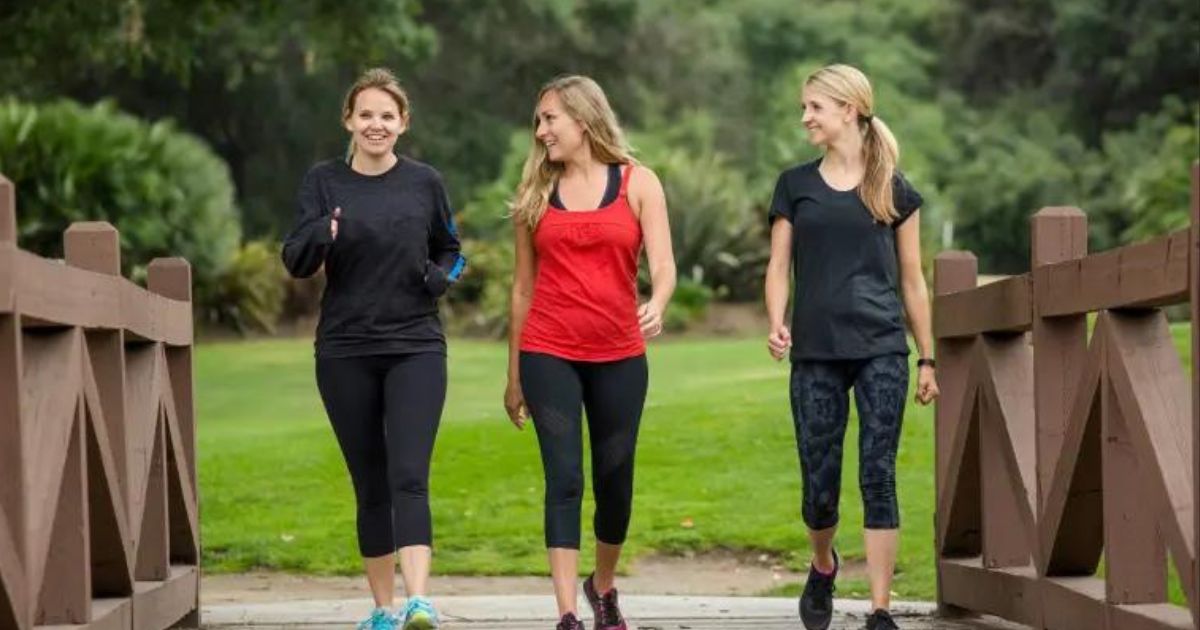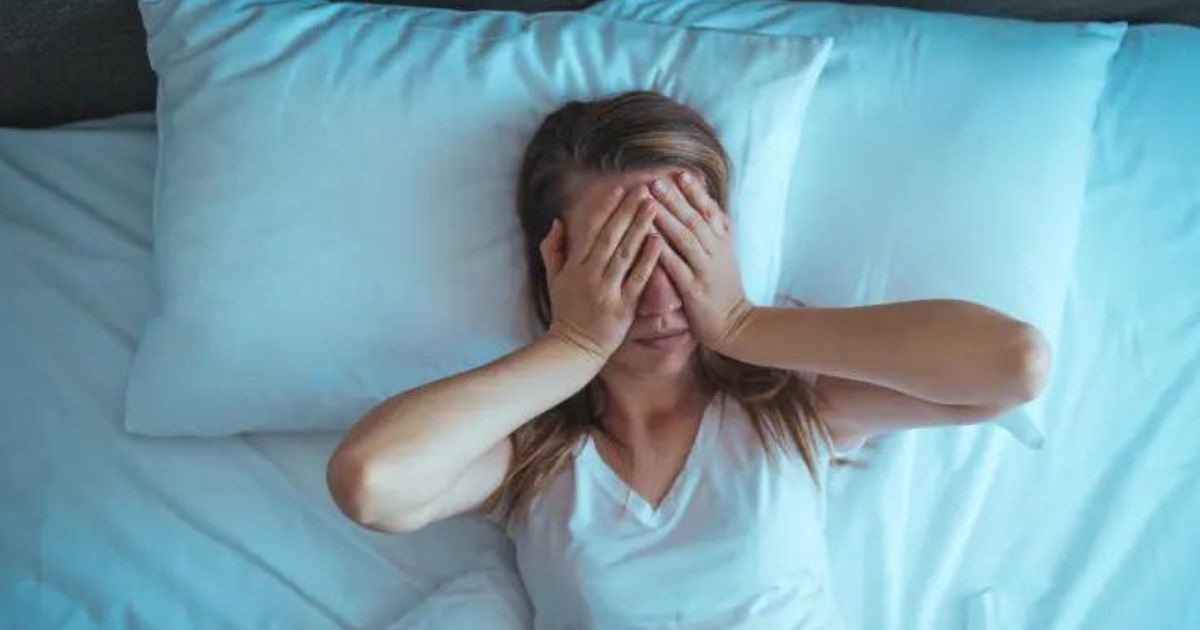In the quest for fitness trends dominating social media platforms like TikTok, experts are urging individuals to rediscover the simplicity and effectiveness of a timeless exercise — walking. As we approach the New Year, filled with resolutions and ambitions for a healthier lifestyle, the spotlight shifts from trendy exercise to the fundamental benefits of a good, old-fashioned walk around the block.
The Trendy Exercise Landscape
From the 12-3-30 workout, a popular trend on TikTok, to complex menstrual cycle-syncing exercise plans, the fitness world is buzzing with innovative regimes vying for attention. However, amidst the allure of these trendy exercises, experts emphasize the importance of not overlooking the basics — a simple walk.
The Endorsement from Experts
Mayo Clinic cardiologist Francisco López-Jiménez stresses the ease, affordability, and effectiveness of walking as a physical activity. In an interview with Vogue.com, he highlights that walking requires nothing more than a pair of decent shoes, eliminating the need for elaborate workout routines or instructional TikTok videos.
The Health Benefits of Walking
Google’s most searched question, “What happens when I walk every morning?” prompts positive responses from health experts. Dalia McCoy, a family medicine specialist at Cleveland Clinic, outlines the numerous advantages of walking, including a reduced risk of heart disease, lower blood pressure, and improved cholesterol levels. Walking helps make the heart more efficient, contributing to enhanced cardiovascular health.
Beyond the cardiovascular benefits, McCoy emphasizes the stress-reducing, weight-loss-promoting, and immune-boosting aspects of walking. As a low-impact exercise, walking provides these benefits without excessively taxing the joints. Furthermore, several studies suggest that moderate-intensity exercises like walking can reduce the risk of various cancers.
Best Times to Walk
While there is no ideal time for a walk, McCoy recommends evenings, as exercise can positively impact sleep quality. Biologist and scientist Tamara Pazos support this notion, explaining that walking at sunrise and sunset aligns with circadian rhythms, contributing to overall well-being.
Walking for Mental Health
The negative impacts of a sedentary lifestyle, particularly for deskbound workers, are well-documented. A brisk stroll at any time of the day can provide a significant mental and physical boost by increasing heart rate, reducing stress levels, and minimizing the risk of developing certain diseases.
Determining the Right Number of Steps
The age-old question of how many steps one should take daily is answered with a simple philosophy — it depends on the individual. López-Jiménez suggests that the key is to make walking a part of the daily routine. Whether it’s taking the stairs, walking the dog, or parking the car farther from the store entrance, consistency is the essence.
Blood Sugar and Walking
The fluctuation of blood sugar levels throughout the day can be managed with a short walk after eating. McCoy highlights the importance of maintaining stable blood sugar levels to avoid feelings of thirst and fatigue after meals. Even individuals with diabetes may find that their blood sugar levels become more stable with regular walking.
As individuals embark on their New Year fitness journeys, the resounding advice from experts is to not overlook the power of a simple walk. In a world inundated with trendy exercises, walking emerges as a timeless, accessible, and effective form of physical activity that brings a multitude of health benefits.
Whether it’s for cardiovascular health, stress reduction, or stabilizing blood sugar levels, the humble act of walking proves that sometimes, the most straightforward solutions yield the most profound results.








Leave a Reply
You must be logged in to post a comment.